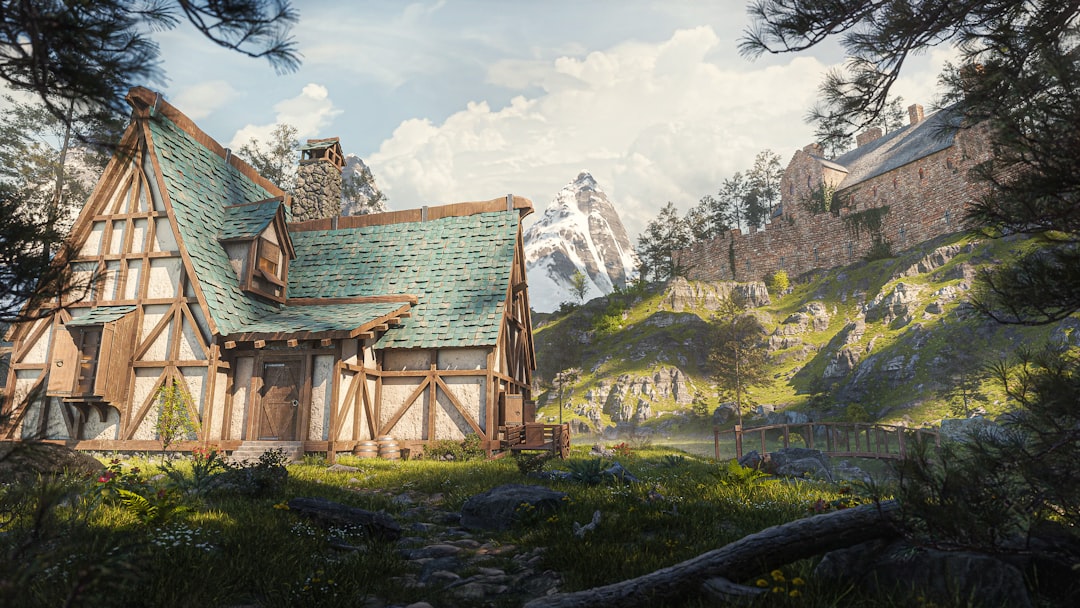If you’re running an ARK: Survival Ascended (ASA) dedicated server, one of the best ways to enhance gameplay is by adding mods. Mods can transform your server into anything from a survival paradise to a sci-fi battleground, offering new content, tweaks, and systems tailored to your community’s desires. Whether you’re hosting for a few close friends or a bustling online community, learning how to add mods to your ASA dedicated server is essential for curating an engaging player experience.
Table of Contents
Why Add Mods to Your ASA Server?
Mods are a cornerstone of the player-driven ARK experience. They allow server administrators to implement:
- Quality of Life Improvements: Faster crafting, better inventory systems, and improved UI elements.
- New Creatures and Items: Introduce fantasy creatures, futuristic weapons, or new utilities.
- Total Conversions: Change the entire gameplay experience with massive overhauls.
ASA’s modding community is thriving, with thousands of custom mods available through platforms like the Steam Workshop. Adding these mods is a great way to keep players engaged and excited to return to your server.
Step 1: Choose the Right Mods
Before diving into installation, you should take some time to choose the right mods for your server’s theme and audience. Browse the ASA Steam Workshop to see trending, highly-rated, and newly-released mods. Consider the following when selecting mods:
- Compatibility: Avoid using multiple mods that change the same game mechanics unless they’re known to work together.
- Server Performance: Heavier mods may affect server memory and CPU usage. Test before going live.
- Popularity: Mods with active communities tend to have better support and frequent updates.

Step 2: Locate the Mod IDs
Each Steam Workshop mod comes with a unique numerical ID. You’ll need this ID to install the mod onto your ASA server. To find it:
- Open the mod’s Steam Workshop page.
- Look at the URL. For example, in
https://steamcommunity.com/sharedfiles/filedetails/?id=1234567890, the ID is 1234567890.
Make a list of all the mods you want to add and note their numerical IDs. You’ll need to input them into your server’s configuration files.
Step 3: Download Mods to Your Server
Now you’ll need to download the mods directly onto your server. This can be done in a few different ways:
Option A: Using SteamCMD
If you’re managing your server on a Windows or Linux machine, SteamCMD is your go-to tool. Here’s how to use it:
- Download SteamCMD from the Valve Developer Wiki.
- Launch SteamCMD and log in anonymously:
login anonymous - Use the following command to download a mod:
workshop_download_item 2399830 1234567890
Replace1234567890with your actual mod ID.
This will download the mod into the “steamapps/workshop/content/2399830” directory.
Option B: Server Control Panels
If you’re using a hosted server with a provider like GTXGaming, Nitrado, or GPortal, most control panels offer built-in mod management tools. These typically allow you to:
- Enter mod IDs into a configuration box.
- Click a button to automatically download and install them.
- Reorder mod priority visually.
This is by far the easiest way for beginners or those who don’t want to tinker too much with raw files.
Step 4: Update the GameUserSettings.ini
Once your mods are downloaded, it’s time to edit your server configuration files so ASA knows to use them. Locate the GameUserSettings.ini file, typically found under:
/ShooterGame/Saved/Config/WindowsServer/GameUserSettings.iniAdd or modify the following line:
ActiveMods=1234567890,0987654321,1122334455Be sure to enter the mod IDs in the desired loading order, separated by commas. Mod load order can affect compatibility and functionality, so it’s wise to check each mod’s specific recommendations.
Step 5: Upload the Mods (Manual Servers Only)
If you’re managing your server manually or through FTP, you’ll need to move your downloaded mods to the proper directory. Mods are typically stored within:
\ShooterGame\Content\Mods\
\ShooterGame\Binaries\Win64Ensure that not only the mod folders are copied but also the associated .mod files. These help ASA recognize the mods upon startup.

Step 6: Restart the Server
Once everything is installed and configured, perform a full server restart to load the mods. Watch the console output or log files for any errors during the startup process. Warnings such as missing files or mod mismatches should be resolved before allowing players to join.
If you have mods that depend on DLC content or other mods, double-check the load order and reattempt the restart if needed. Some mods require server restarts multiple times to fully initialize assets.
Troubleshooting and Tips
Here are some helpful tips for when things go wrong:
- Verify Mod IDs: A common issue is using the wrong ID or placing it incorrectly in the config file.
- Clear Cache: Have players clear their mod cache if they are experiencing crashes or long load times.
- Backup Configuration Files: Always keep backups before changing .ini files to avoid unexpected issues.
- Check Mod Versions: Ensure that your server and all mods are fully updated to the latest versions.
Recommended Tools and Links
- ASA Official Wiki
- ASA Steam Workshop
- SteamCMD Installation Guide
- BattleMetrics – Monitor your server status and player connections.
Final Thoughts
Adding mods to your ASA dedicated server doesn’t have to be overwhelming. With a good understanding of how mod IDs, download tools, file locations, and server configuration work, you can quickly transform your server into a modded experience that draws players in and sets your community apart.
Remember to test any new mods on a local or development server first before pushing them live. With practice, you’ll be able to curate a custom ASA adventure that players can’t find anywhere else.
 ark server, modded gameplay, gameplay screen[/ai-img>
ark server, modded gameplay, gameplay screen[/ai-img>
Happy modding, and enjoy the wild new worlds you can create with just a few clicks and a little bit of technical know-how!




